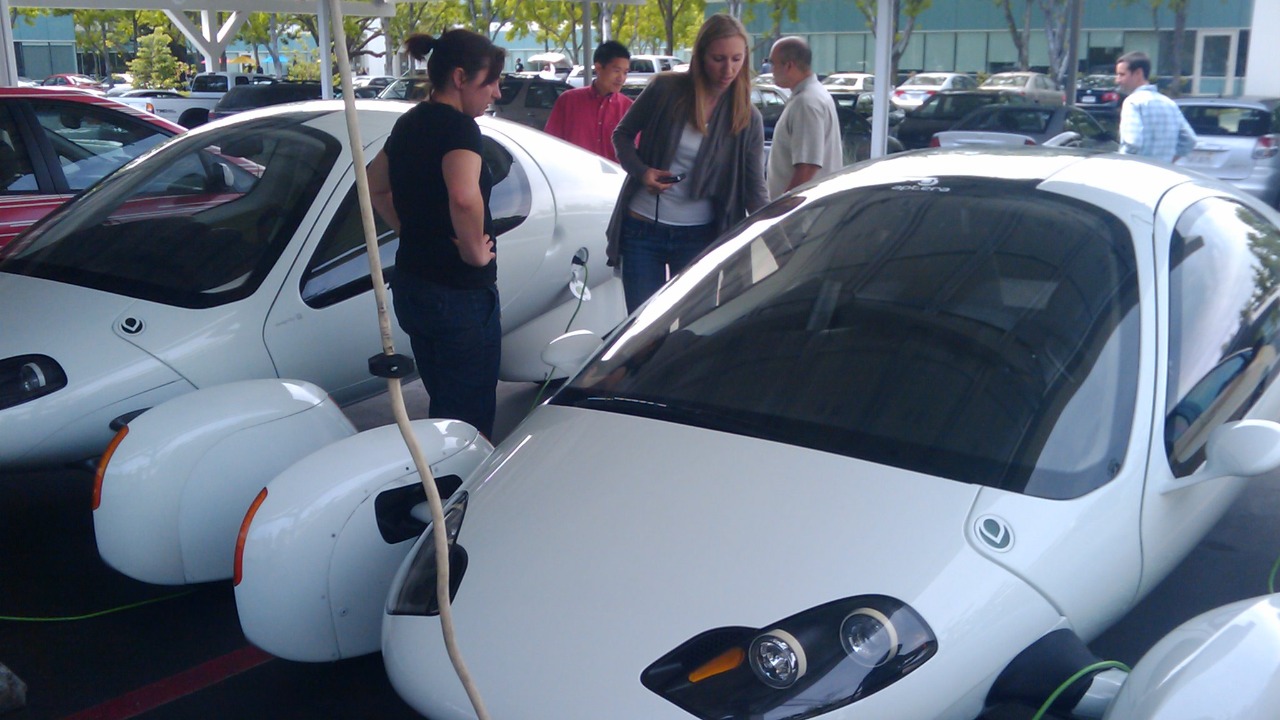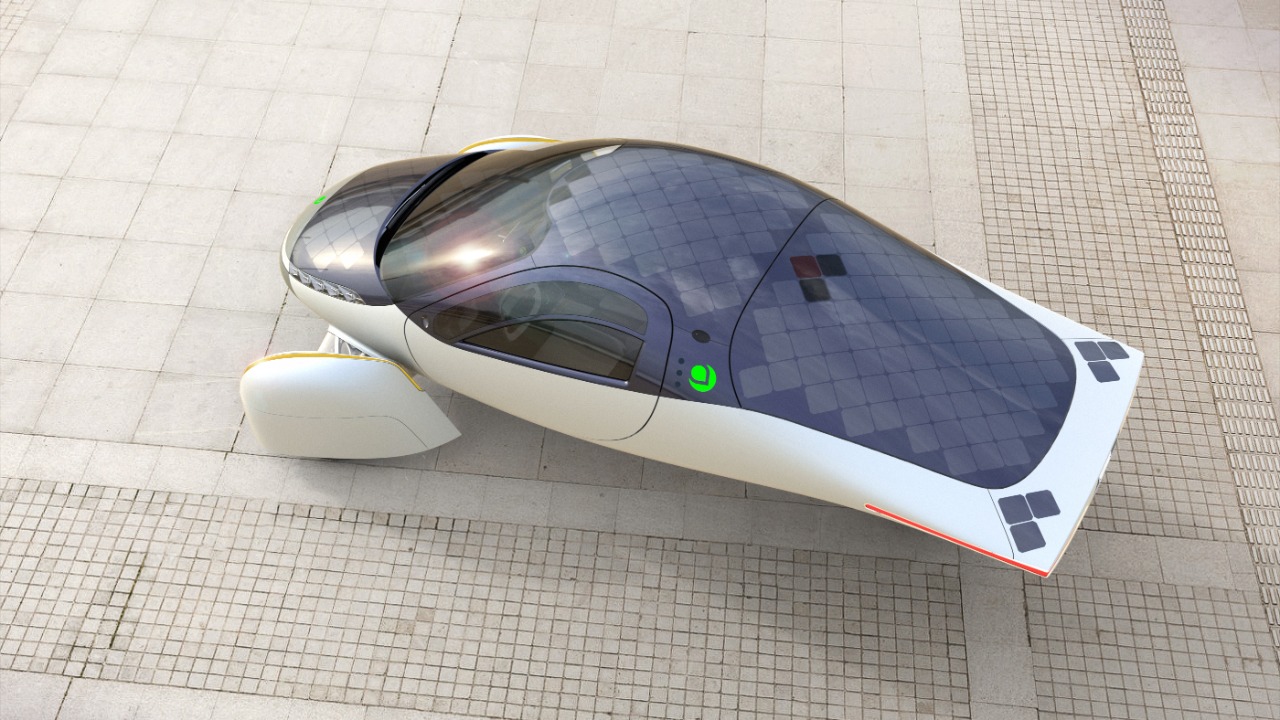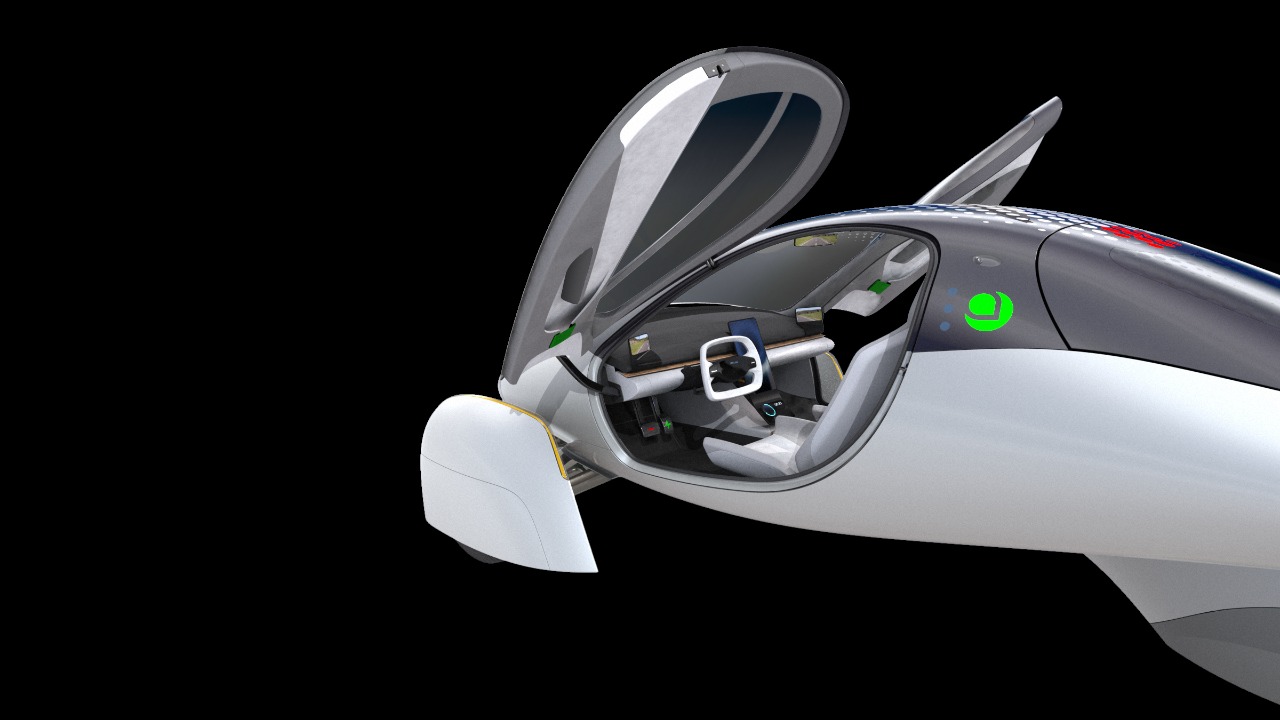
Aptera, known for its innovative approach to sustainable transportation, has marked a significant milestone by completing the first road trip with its solar-powered car. This achievement showcases the potential of solar technology in the automotive industry, paving the way for a future where vehicles are not only eco-friendly but also independent from traditional fuel sources.
Aptera’s Solar Car: A Technical Marvel

The design and engineering of Aptera’s solar car are truly revolutionary. With an aerodynamic shape that closely resembles a sleek aircraft, this vehicle boasts a remarkably low-drag coefficient. This design choice is critical, as it allows the car to cut through the air with minimal resistance, thus enhancing its efficiency. Additionally, the use of lightweight materials, including advanced composites, reduces the overall weight of the vehicle, further contributing to its performance. This meticulous attention to detail in design and engineering positions Aptera as a leader in the sustainable transportation sector.
One of the most striking features of the Aptera vehicle is its integration of solar technology. The car is equipped with high-efficiency solar panels seamlessly integrated into its structure, enabling it to harness and store solar energy. This innovative approach allows the vehicle to achieve a remarkable level of energy independence. The solar panels can generate enough energy to power the car for most daily commutes, and under optimal conditions, they can extend the vehicle’s range significantly. This capability not only reduces reliance on traditional charging infrastructure but also sets a new standard for eco-friendly transportation.
The road trip served as a real-world test of the car’s capabilities, providing valuable performance metrics. The vehicle demonstrated impressive range, covering hundreds of miles on a single charge supplemented by solar energy. Speed and energy consumption were closely monitored, revealing that the car maintained efficient energy use even at highway speeds. These metrics underscore the vehicle’s potential to challenge conventional electric vehicles by offering a sustainable alternative that doesn’t compromise on performance.
The Journey: A Historic Road Trip

The chosen route for Aptera’s historic road trip was both challenging and symbolic. Starting in Flagstaff, Arizona, the journey took the vehicle along the legendary Route 66, a route steeped in automotive history. As it made its way through various landscapes and climates, the car covered a substantial distance, showcasing its range and reliability. This journey not only highlighted the vehicle’s capabilities but also celebrated a milestone in the transition towards more sustainable transportation.
During the road trip, the team encountered several challenges that required quick thinking and adaptation. Weather conditions varied significantly, with stretches of overcast skies that limited solar energy generation. The rugged terrain also tested the vehicle’s engineering. However, Aptera’s team was well-prepared, leveraging real-time data to optimize energy usage and adjust routes when necessary. Their ability to adapt to these challenges demonstrated the vehicle’s resilience and the team’s commitment to proving the viability of solar-powered transportation.
The road trip was marked by several significant milestones. Notably, the vehicle managed to exceed its expected range, a testament to the efficiency of its solar energy system. The car also demonstrated remarkable reliability, operating smoothly in diverse conditions. These achievements not only validated Aptera’s technology but also set a new benchmark for what solar-powered vehicles can achieve in real-world scenarios.
Implications for the Automotive Industry

Aptera’s successful road trip has significant implications for the automotive industry, particularly in the shift towards renewable energy. By demonstrating the practical potential of solar power in vehicles, Aptera is paving the way for a broader adoption of renewable energy sources in transportation. This shift is crucial as the industry seeks to reduce its carbon footprint and meet increasingly stringent environmental regulations. Aptera’s achievement highlights the viability of solar technology as a key component of this transformation.
The potential market interest in solar-powered vehicles has been greatly enhanced by Aptera’s success. Consumers are increasingly seeking eco-friendly alternatives, and Aptera’s achievement might influence their preferences. The prospect of a vehicle that requires minimal charging and offers significant environmental benefits is likely to attract consumers who are conscious of their environmental impact. This growing interest could drive demand for solar-powered vehicles, encouraging other manufacturers to explore similar technologies.
Aptera’s advancements could inspire further innovations in automotive technology and sustainable transportation solutions. The successful integration of solar panels into a functional vehicle opens up new possibilities for future developments. It encourages other manufacturers to explore innovative energy solutions and could lead to collaborations aimed at enhancing the efficiency and sustainability of transportation. This momentum could drive the industry towards a future where sustainable technologies are the norm, not the exception.
Future Prospects and Developments

Looking ahead, Aptera has ambitious plans to build on its recent success. The company is already working on developing new models featuring even more advanced technologies. Future iterations of the vehicle are expected to include enhancements in solar panel efficiency, battery technology, and aerodynamic design. These developments aim to further extend the range and performance of the vehicles, making them even more appealing to a wider audience.
To meet anticipated demand, Aptera is also focusing on scaling up production. The company is exploring partnerships and collaborations to facilitate this expansion. By increasing production capacity, Aptera aims to make solar-powered vehicles accessible to more consumers, thus accelerating the transition to sustainable transportation. These efforts are crucial in establishing Aptera as a major player in the automotive industry and driving the adoption of solar technology in vehicles.
In the long term, Aptera envisions a world where solar-powered transportation is commonplace. The company is committed to driving innovation and sustainability in the automotive sector, with a focus on reducing environmental impact. By continuously pushing the boundaries of what’s possible with solar technology, Aptera aims to play a pivotal role in shaping the future of mobility. Its long-term goals include expanding its product line and exploring new markets, further solidifying its position as a leader in sustainable transportation.